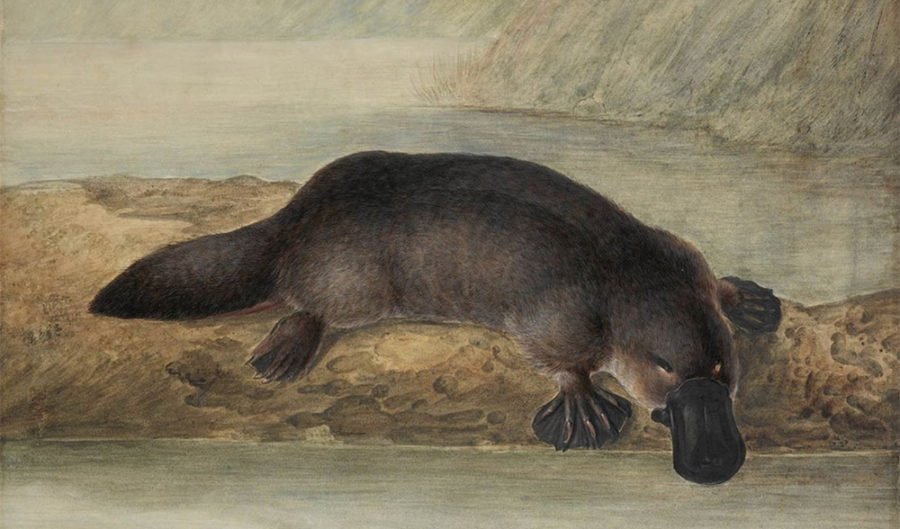On this day: The world first sees a live platypus

IT WASN’T UNTIL 13 July 1922 that average Americans got a chance to see a real live platypus. Until then, descriptions of the duck-billed, beaver-tailed, otter-footed mammal that laid eggs and had a venomous spur had probably sounded ridiculous, and unreal.
In the words of naturalist George Shaw, who first described the animal way back in 1799, “It is impossible not to entertain some doubts as to the genuine nature of the animal”.
Indeed, doubts about the platypus persisted across the world for more than a century, until a journey to bring a specimen to America started with a man named Harry Burrell. An Australian naturalist with a small zoological garden, Burrell had a passionate interest in monotremes (platypus and echidna).
At the turn of the century the platypus had not yet survived captivity, until Burrell created the ‘platypusary’ a portable, artificial habitat. In 1910 a platypus was exhibited for the first time in Australia, at the Moore Park Zoological Gardens.
A platypus in the United States
Three years later, Burrell interviewed Ellis Stanley Joseph, an animal dealer interested in taking a live platypus to the United States and began to teach Joseph how to care for one. However, another three years would pass before an attempt to move one was made.
In 1916 an animal, secured by Burrell from Namoi River in northern NSW, was moved to Sydney a day before the ship to America was set to depart. One week later, during the voyage, it died.
In 1922 Joseph attempted again, this time with five male platypuses. When their ship arrived in San Francisco only one was still alive. At the time Mr Joseph was running out of fresh worms to feed his final platypus and had to wait five more days in San Francisco to get some. On 14 July he arrived in New York City with the platypus.
New Yorkers under a platypus spell
Dr Hornaday, director of the New York Zoological Park, was ecstatic saying: “The spell of ten thousand years has been broken. The most wonderful of all living mammals has been carried alive from the insular confines of its far-too distant native land and introduced abroad.
Through a combination of favourable circumstances it has been the good fortune of New York to give hospitality to the first platypus that ever left Australia and landed on a foreign shore. No matter what evil fate may hereafter overtake the platypus, nothing can rid us of the fact that New York has looked upon a living Orithorhychus paradoxus and found it mighty interesting.”
Hornaday’s foreshadowing that an “evil fate may hereafter overtake the platypus” proved correct, and the platypus lasted only 49 days longer. One would not be seen alive in the US again until 1947.

